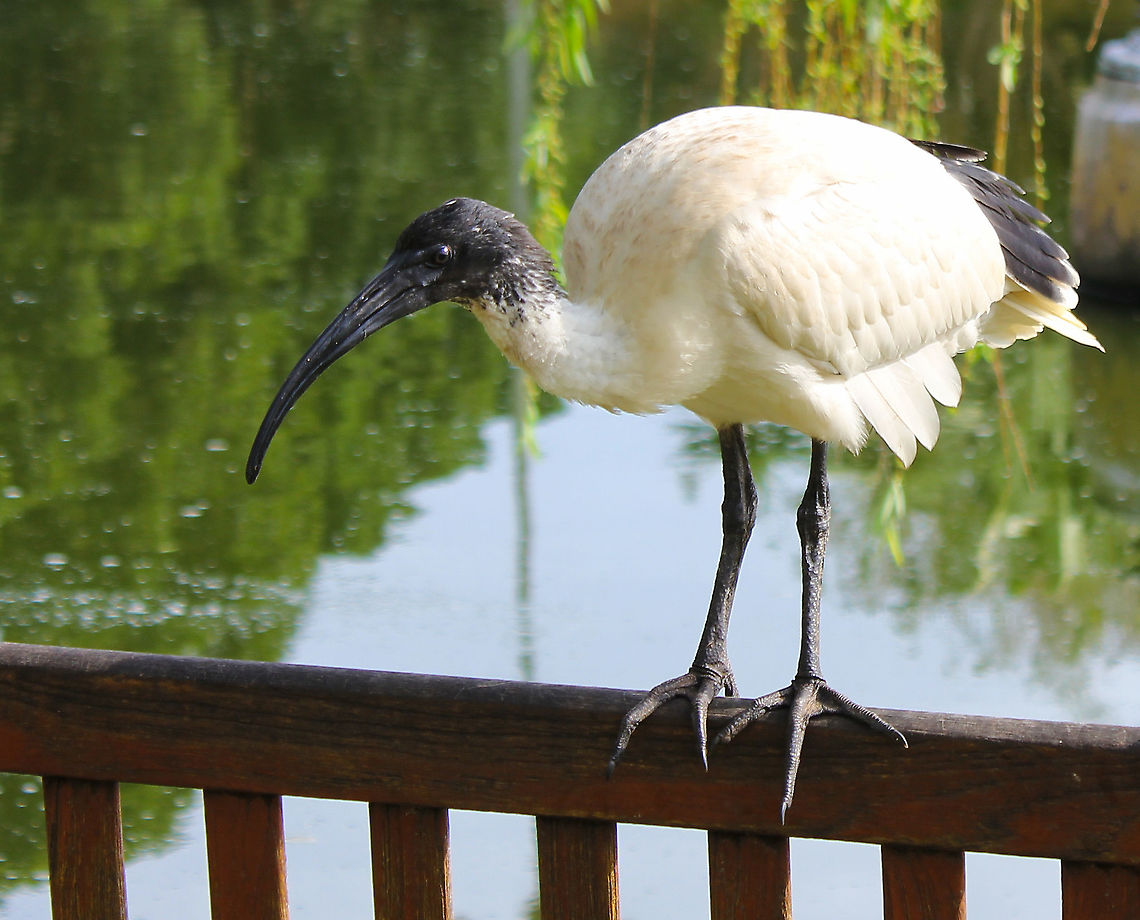 Promoted
Promoted
Australian white ibis
These large birds can be seen in all but our very driest habitats. Preferred habitats include swamps, lagoons, floodplains and grasslands, but they have also become a successful inhabitant of urban parks and gardens.
75 cm length. The beak is around 15 cm in length.

The Australian White Ibis is a wading bird of the ibis family Threskiornithidae. It is widespread across much of Australia. It has a predominantly white plumage with a bare, black head, long downcurved bill and black legs.
Similar species: Pelicans, Herons, Ibises
By Ruth Spigelman
Attribution Non-Commercial No Derivatives
Uploaded May 18, 2021. Captured Oct 8, 2017 08:48 in Steyne Park, Ocean Ave &, 2 William St, Double Bay NSW 2028, Australia.

comments (2)